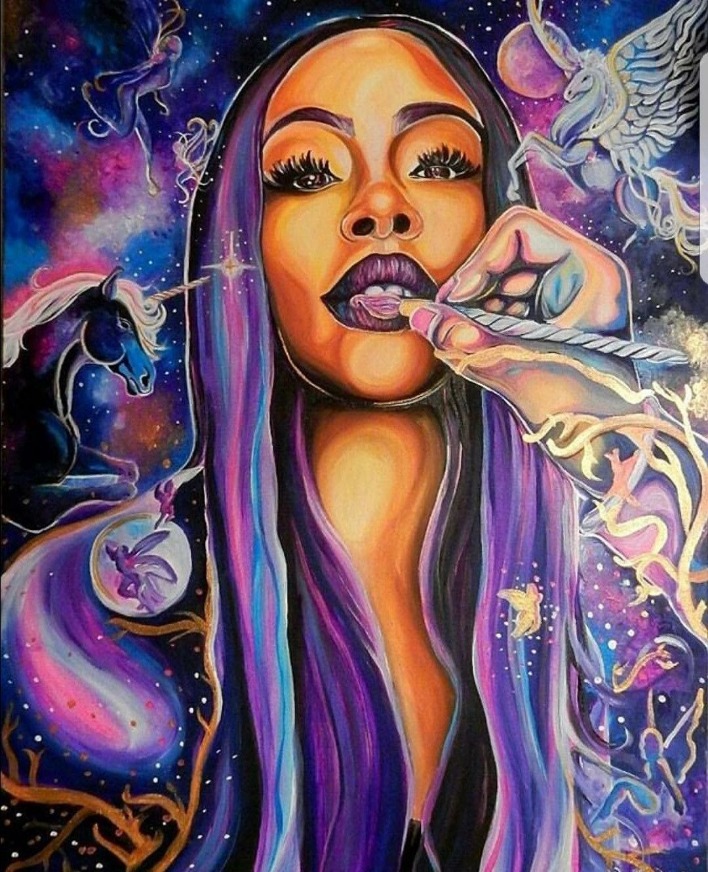Black Art weaves a vibrant tapestry that is as complex as it is rich, representing the soul and cultural heritage of African and African-American communities. It transcends mere aesthetics, carrying forward narratives of struggle, triumph, beauty, and profound human experiences.
The Historical Roots of Black Art
The origins of Black Art are deeply entrenched in African traditions and practices. African art has always been an integral part of daily life, with objects serving both functional and spiritual purposes. Sculptures, textiles, masks, and pottery embody the spiritual beliefs, social values, and historical narratives of various African societies.
From Africa to the Diaspora
The forced displacement during the transatlantic slave trade led to a diaspora that significantly influenced the evolution of Black Art. Despite facing oppression, African-Americans used art as a form of resistance and self-expression. Through vibrant quilts, poignant poetry, soulful music, and evocative paintings, they preserved their heritage and asserted their identity.
Black Art During the Harlem Renaissance
The early 20th century marked a renaissance in African-American culture, particularly in Harlem, New York. This period, known as the Harlem Renaissance, saw an explosion of Black creativity across various art forms. Artists like Aaron Douglas, Augusta Savage, and Jacob Lawrence became pivotal figures, using their work to explore themes of race, identity, and social justice.
The Impact of the Harlem Renaissance
Read more about African Wall Art here.
This cultural renaissance wasn’t just an artistic movement; it was a profound societal shift. Black Art during this time redefined African-American identity and had a lasting impact on American culture. The works created during this period continue to inspire and resonate, highlighting the enduring power of art as a tool for social change.
Contemporary Black Art and Its Influence
Today’s Black Art continues to break new ground and challenge societal norms. Contemporary Black artists like Kara Walker, Kehinde Wiley, and Yinka Shonibare blend historical context with modern techniques, shedding light on ongoing issues like racism, migration, and globalism.
The Evolution and Future of Black Art
As society moves forward, so does Black Art. It continues to evolve, incorporating new media and technology while remaining rooted in its rich heritage. Art institutions are increasingly recognizing and showcasing Black voices, fostering an appreciation for the diverse perspectives they offer.
Embracing and celebrating Black Art means acknowledging its profound impact on culture and history. It invites us to look deeper into the human experience, offering a lens through which we can better understand ourselves and the world around us.
